 John Walker
John Walker
Race and Ethnicity: African American
 John Walker
John Walker
 John Walker Roast
John Walker Roast
Walker, John Winfred
Walker, Nick (Execution of)
Walker, William “Sonny”
Wallace, John (Reported Lynching of)
Walnut Ridge Race War of 1912
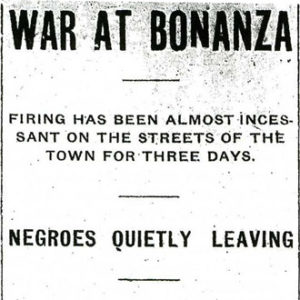 War at Bonanza
War at Bonanza
 John Ward
John Ward
Ward, John [Medal of Honor Recipient]
 Warden Murderers Sentenced
Warden Murderers Sentenced
Warden, Granville (Murder of)
Ware, Ed
Ware, Jim and Jack (Lynching of)
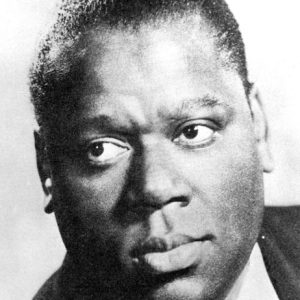 William Warfield
William Warfield
Warfield, William Caesar
 Warren L. Harvey
Warren L. Harvey
 Joyce Warren
Joyce Warren
Warren, Joyce Elise Williams
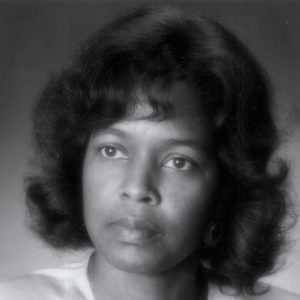 Joyce Warren
Joyce Warren
 Joyce Warren
Joyce Warren
 Joyce Warren
Joyce Warren
 Joyce Warren; Law Clerk
Joyce Warren; Law Clerk
 Nathan Warren
Nathan Warren
Warren, Nathan
Warren, Will (Lynching of)
Warriors Don’t Cry
Washington County Lynching of 1856
aka: Randall (Execution of)
Washington County Lynching of 1860
 A. D. Washington
A. D. Washington
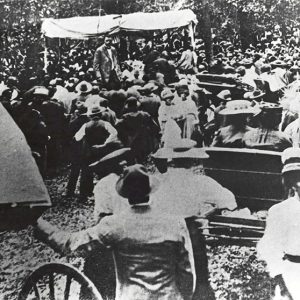 Booker T. Washington
Booker T. Washington
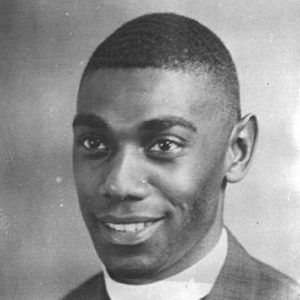 Rev. Emery Washington
Rev. Emery Washington
Washington, George (Lynching of)
Watson State Park
Watson, Edomae Boone
Watson, Hattie Rutherford
aka: Harriet Louise Gertrude Rutherford Watson
Watson, John Brown
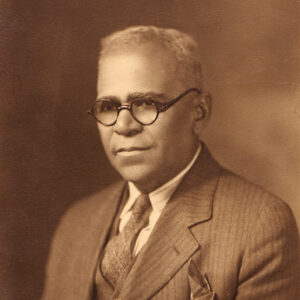 John Brown Watson
John Brown Watson
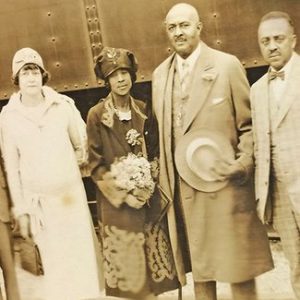 John Lee Webb
John Lee Webb
 John Lee Webb
John Lee Webb
Webb, John Lee
Weldon, Casey Bill
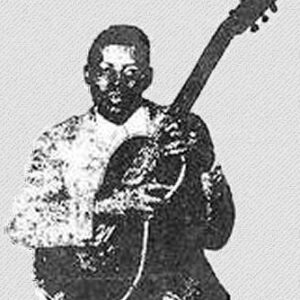 Casey Bill Weldon
Casey Bill Weldon
Wells, Elias (Lynching of)
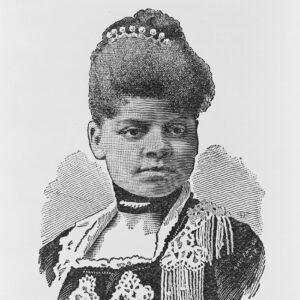 Ida B. Wells
Ida B. Wells
Wells, Ira James Kohath
Wesley, John (Execution of)
West Ninth Street (Little Rock)
aka: West 9th Street
West, John (Lynching of)
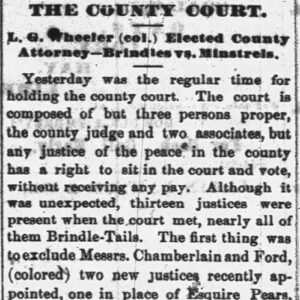 L. G. Wheeler Election Story
L. G. Wheeler Election Story




